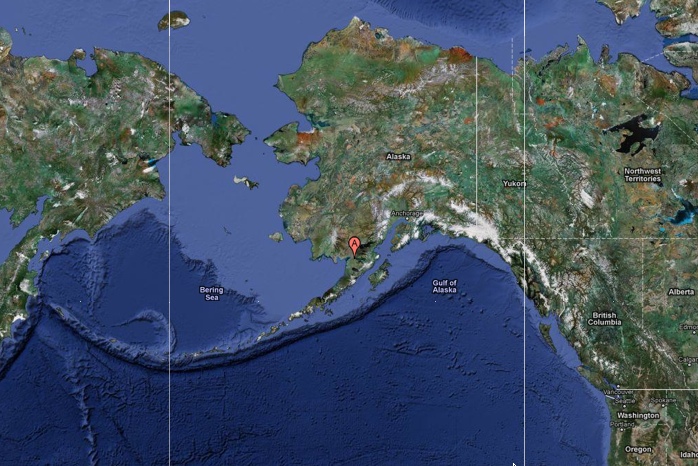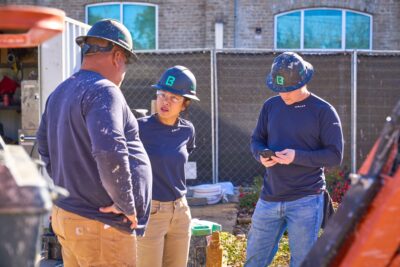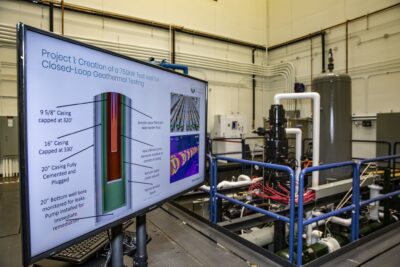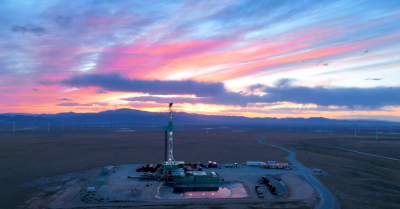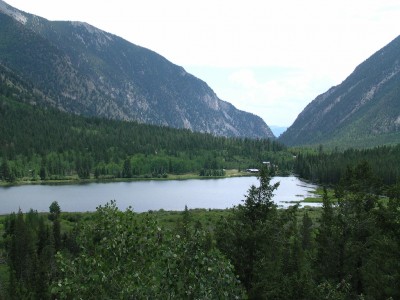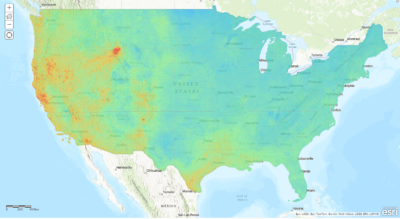Development in Alaska heating up at King Salmon
Geothermal development is heating up in King Salmon, Alaska, with drilling of a second well expected to begin in the fall of this year.
Reported from Alaska in the Northwestern part of the United States, the small community of “King Salmon is the home base for an energy discovery tapping into the same forces that caused Mount Katmai to blow in 1912.
In a place best known for its world-class salmon runs, workers are currently in the process of capturing a different kind of catch. Each day, a drilling crew is lifting from a deep hole in the earth enough water to fill nearly 500 bath tubs, at temperatures hot enough to slow-cook spare ribs. In the geothermal world a 250-degree heat source isn’t exceptionally warm but it’s plenty warm enough to get the job done.
But the project underway on the northern tip of the Aleutian Chain is a first for the state of Alaska. The geothermal wells Naknek Electric Association is drilling are a lead up to the first utility-grade geothermal plant in Alaska history. If successful, the plant is expected to dramatically decrease utility rates in the Bristol Bay region. At first only three communities will tie into the new power source — Naknek, South Naknek and King Salmon — but the ultimate goal is to connect all 28 villages in the Bristol Bay region to the alternative energy grid.
The first well, drilled to a depth of more than 10,000 feet earlier this summer, cost $20 million to put in. Drilling on a second well, estimated to cost around $9 million, is expected to begin this fall, and a third well is also in the works. It’s hoped a 25-megawatt plant could be up and running in 2012. If predictions are correct, the the plant could drop electric bills by 70 percent. More remote communities that pay even higher premiums for diesel-generated power could see even greater savings.
Because the water temperature is mid-grade, NEA is looking at a power plant model that incorporates a heat exchanger. The hot water rising from the earth is used to heat a secondary liquid with a lower boiling point, the vapors from which are then directed into a turbine.”
For the full article see link below.
Source: Alaska Dispatch
